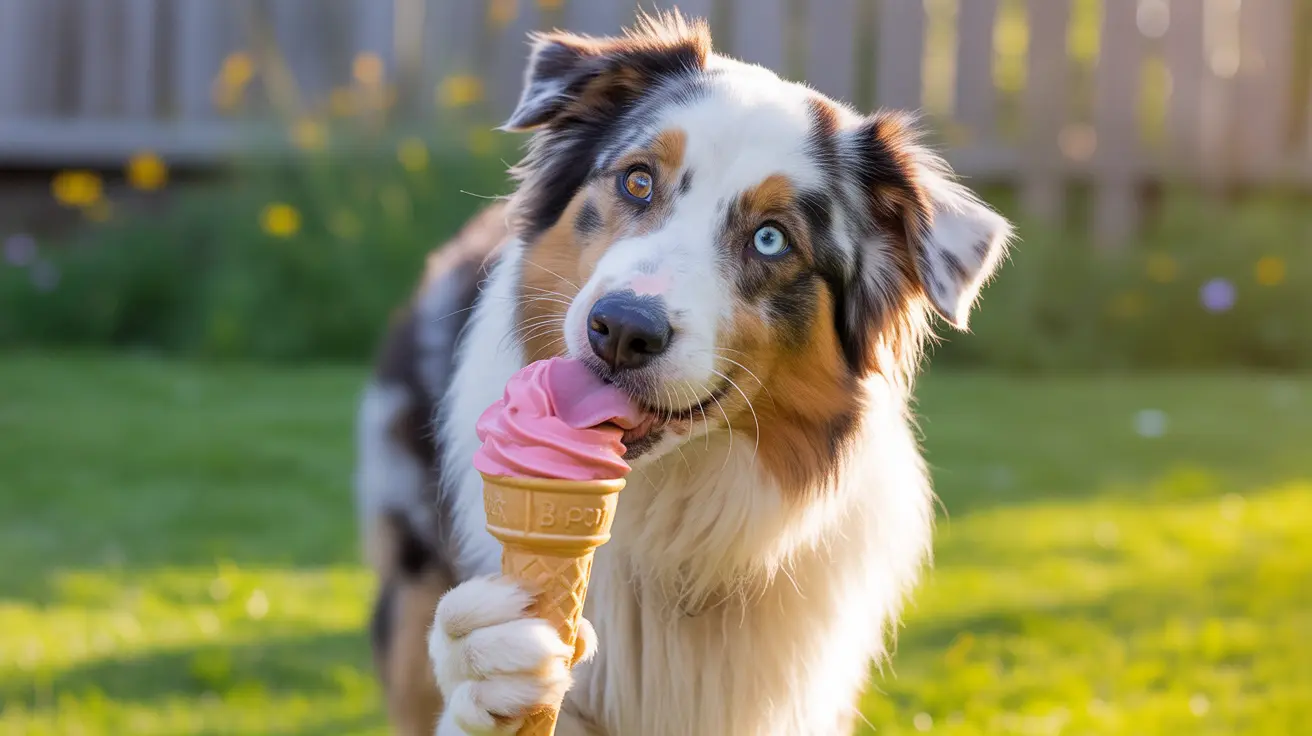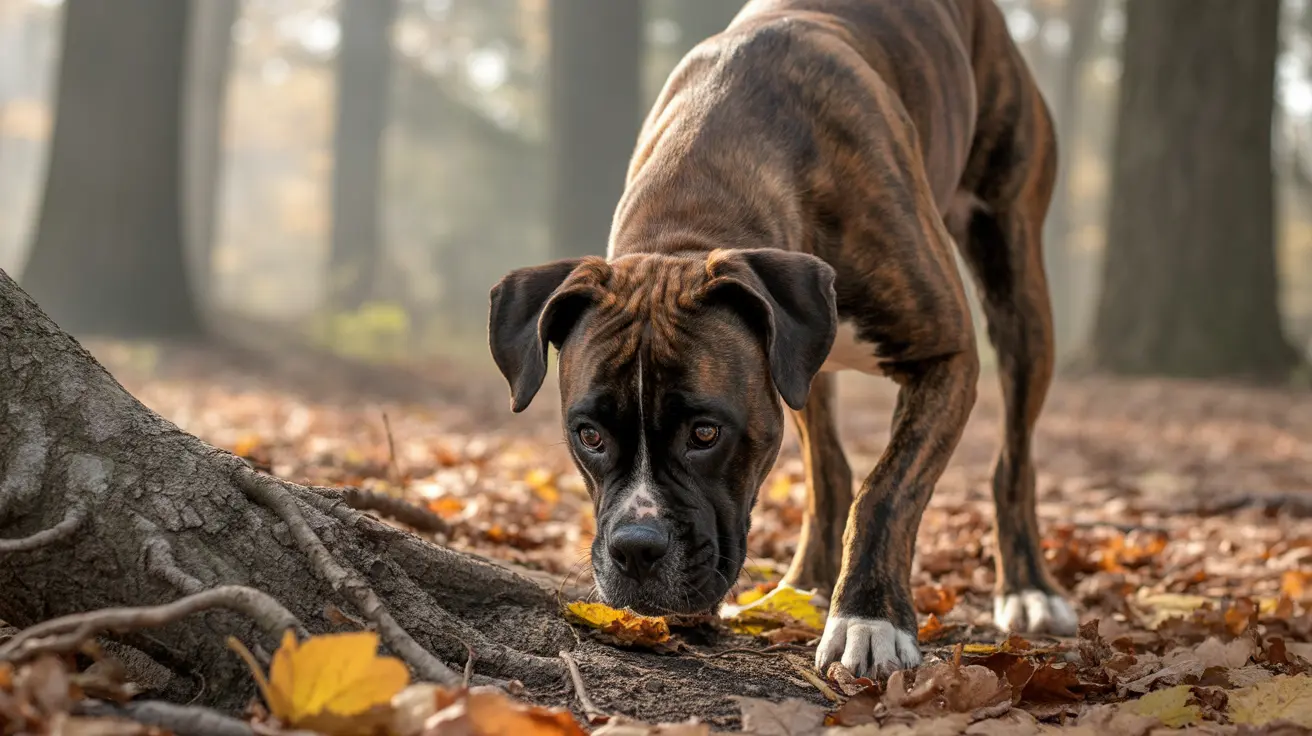The Importance of Positive Reinforcement in Dog Training
Positive reinforcement stands out as a widely embraced approach in dog training, focusing on rewarding desirable behaviors to encourage their repetition. Instead of relying on punishment or aversive techniques, this method adds something pleasant—like treats or praise—immediately after a dog performs the right action.
How Positive Reinforcement Works
Dogs learn by connecting their actions with outcomes. When a behavior leads to something enjoyable, they're much more likely to repeat it. For example, if your dog sits when asked and you hand over a tasty treat right away, that 'sit' command becomes meaningful and rewarding. Typical motivators include:
- Food treats (always popular!)
- Toys
- Praise or affection
- Playtime
This approach is grounded in the idea that pleasant consequences reinforce behavior, while unpleasant ones discourage it. While negative reinforcement (removing something unpleasant when the dog behaves) exists, it's less favored because it starts with discomfort and can trigger anxiety or fear.
Benefits of Positive Reinforcement
There's plenty to love about positive reinforcement:
- It builds a trusting relationship between you and your dog.
- Your dog becomes more motivated and eager to learn.
- Training sessions are enjoyable—dogs look forward to them!
- Learning happens faster because rewards clarify what you want.
- The dog's behavioral health is protected; stress and fear are minimized.
This method also sharpens communication between humans and dogs. When rewards consistently follow good behavior, your expectations become crystal clear for your canine companion.
The Keys to Effective Reward-Based Training
If you want positive reinforcement to work its magic, timing is everything. The reward must come immediately after the desired action so the dog connects the dots. Consistency matters too—everyone in your household needs to reinforce the same behaviors in the same way.
Not all dogs are driven by food; some might prefer toys or attention. The value of a reward can even change based on hunger, distractions, or environment. Pay attention to what excites your particular pup!
Common Tools and Techniques
- Treats (small and tasty work best)
- Toys (for play-driven dogs)
- Praise (verbal encouragement or petting)
- Clickers (to mark precise moments of correct behavior)
A clicker can be especially handy: you click at the exact instant your dog does what you want, then follow up with a reward. Keep training sessions short and fun; avoid distractions when teaching new skills.
Pitfalls and Challenges
No method is perfect. Some owners notice their dogs only obey when they see a treat coming—which can undermine reliability if you're empty-handed. Timing mistakes can also backfire: if you reward after unwanted behavior resumes (say, barking), you might accidentally reinforce that instead of quietness.
Comparison With Traditional Methods
Traditional training often uses punishment—leash corrections, shouting, even physical force—to suppress bad behavior. Scientific studies link these aversive methods with higher stress levels, fearfulness, and poorer welfare for dogs. Reward-based training not only avoids these downsides but also proves just as effective (if not more so) at teaching reliable behaviors while strengthening your bond with your pet.
Tips for Success With Positive Reinforcement
- Reward promptly every time during early learning; later switch to intermittent rewards to keep behaviors strong.
- Select motivators tailored to your dog's preferences.
- Make sure everyone in the household follows the same rules and routines.
- Avoid accidentally rewarding unwanted behaviors—don't give treats or attention when your dog misbehaves!
You can use this approach for everything from basic commands like sit or stay to recall, leash walking, or housetraining.
When You Need More Than Rewards
If you're dealing with serious issues like aggression or extreme anxiety, professional support may be necessary. A qualified trainer or veterinarian can help identify underlying medical problems or design an appropriate behavior plan.
The Bottom Line: Why It Matters
While positive reinforcement isn't a cure-all for every situation or every dog, it's at the heart of modern evidence-based training strategies. It fosters trust, confidence, mental engagement, and a stronger connection between people and their pets—the very things that make life with dogs so rewarding in the first place.





